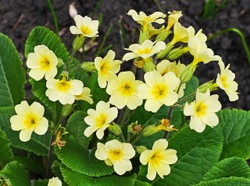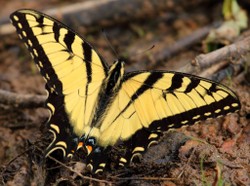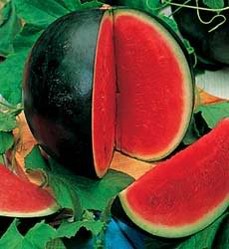Mary has become a successful garden designer by hard work and triumphing over adversity. Having had some original success, her career seemed to stall, and rather than give up her chosen path she rethought her design philosophy, coming to the conclusion that the garden is to be seen as a living entity with its own level of consciousness. She also concluded that she had no desire to design and plant gardens whose owners were unwilling to relate to them as gardeners, so her designs always come with the proviso that the owners must be active gardeners.
Mary's originality is that she is designing gardens that grow out of what seems to be a pagan, but not anti-Christian philosophy of life and her Irish, Celtic heritage. Her writing is approving of some of the ideas of Biodynamics, a philosophy of gardening and farming promoted by Rudolph Steiner in the earlier years of the twentieth century, which she describes as being as close to witchcraft as you will ever find, The Garden Awakening, p 53.] However, she regards the land as conscious and being in interaction with humans. She believes that a piece of land has its own personality, to which sensitive humans should listen when they are designing a garden. Contact with the land is made by meditation, spells and rituals, and she goes into some detail about how to positively enchant a piece of ground, and this is part of her design project. While she may have a point about the impact of positive and negative thoughts on the natural world, I am wary of this sort of thing. As a retired philosophy lecturer I am critical of unsubstantiated claims about reality, and spells appeal not to my Christian world-view. I am critical of her failure to distinguish between spells and prayers, but consider that her link between the positive thought of a well-meant charm/spell and prayer is probably justified.
This is a book deeply rooted in Mary's Irish roots, and Ireland and its traditions permeate its pages like an ever-present atmosphere or ethos. Each is preceded by an Irish quotation, in the original tongue, but there is a translation.
Mary's tale is recounted Vivienne de Courcey's film, Dare to be Wild, which tells the tale of Mary's successful endeavour to create a gold winning medal at the Chelsea Show, Britain's premier flower show. The film, apparently focuses on the love interest as it charts her relationship as it grows and develops in and through her gardening endeavours. I must admit that the love interest leaves me cold, but I am a male, and my wife will see things differently.







 Pilgrimage. A review25 days ago
Pilgrimage. A review25 days ago
 Leo the Fourteenthon 05/09/2025
Leo the Fourteenthon 05/09/2025
 The Melsonby Hoardon 03/25/2025
The Melsonby Hoardon 03/25/2025



Comments
Thank you!
My mother's paternal Norse line chose the Orkney islands even as family members throughout succeeding generations ultimately dwelt not only in Limerick county but in all other Irish counties.
English Wikipedia lists Limerick as Gaelicized to Luimneach ("the flat area"). English Wiktionary makes Luimneach from lomm na n-each (bare [field] of the horses").
How would you pronounce Luimneach?
My father's family came from Limerick county.
Thank you!
English Wikipedia correlates the place name Limerick with a west-Ireland city and with a west-Ireland county.
Did your father's maternal line live in Limerick city or Limerick county or both?
Does Veronica favor Limerick city or Limerick county or both?
Veronica loves Limerick, which was where Dad's mother's family lived, but I prefer the North West, which is where I spent a year.
Thank you!
So west Ireland appeals to you and to your sister.
Does that mean any county anywhere in western Ireland or would there be preferences for certain counties over others?
I could grow whatever vegetables I chose,but I could not have livestock, though my son is allowed chickens. As for where I would have liked to farm, where else but for the West of
Ireland. I love it there.I think that Veronica would understand why, though she would not farm.
The first paragraph to your second subheading, Practical Wisdom, admits to being a "vegetable grower, with an unfulfilled longing to be a smallholder."
It appears from your wizzleys that you've grown quite quite a range on your allotment. Do policy and space allow you to grow the range if not the amount of what you'd grow as a small-scale farmer?
Where ideally would you like to be a small-scale farmer, and what ideally would you grow?
I did not know that, but if you look at Mary Reynold's work it is the landscaping that is original.
I believe flower gardens can be planned with stock images from the right programs. I am not certain.
She makes no mention of using the computer, and as she works without detailed planting plans, or at least prefers not to use them, what kind of information could be fed into the computer to enable it to generate an image?